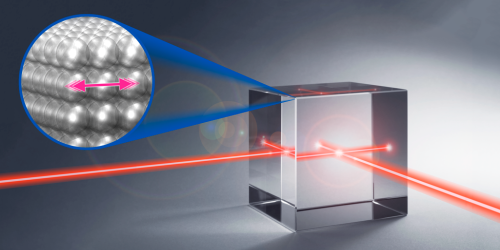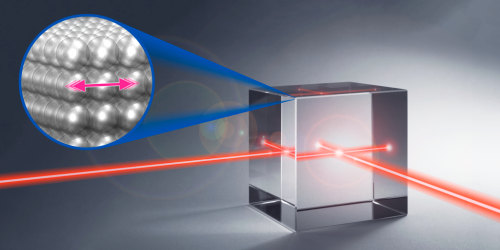Material Size Offers Check on Constants
Fundamental constants may betray their name and vary over time or space. Certain dark matter theories, for example, predict that the fine-structure constant and the proton-to-electron mass ratio oscillate in time. Now, Lukáš Pašteka of Comenius University in Slovakia and colleagues have calculated that such variations might be detected by looking for subtle changes in the sizes of crystalline materials.
The idea that fundamental constants vary is not new, and several experiments have already explored the possibility in natural phenomena that depend on the constants. Astronomers have searched for variations in the spectra of distant objects (see 31 March 2004 Focus story), and physicists have monitored the ticks in atomic clocks to high precision (see 17 November 2014 Viewpoint). No variations in or have been detected, with the current upper limit on the rate of change for each constant being around 1 part in per year.
Pašteka and colleagues considered the way materials might respond to fundamental constant variations. Specifically, they calculated how the atomic spacings in a crystal would be affected by a change in or . For example, a fractional increase in at the current limit of /yr would cause a gold bar to shrink by a factor of /yr, whereas a germanium crystal would grow by a factor of /yr. The team says that such size changes could potentially be detected by monitoring these materials over several years with optical cavity techniques or with a resonant mass setup similar to those used in early attempts at gravitational-wave detection.
This research is published in Physical Review Letters.
–Michael Schirber
Michael Schirber is a Corresponding Editor for Physics based in Lyon, France.





